
Recommended Reading
Affiliate Link Disclosure: We are a participant in the Amazon Services LLC Associates Program, an affiliate advertising program designed to provide a means for sites to earn advertising fees by advertising and linking to Amazon.com.
Why These Books
Intentional community takes more than good vibes: it takes practice. These books offer tools for honest communication, courageous leadership, shared accountability, and designing systems that support belonging. Whether you're living in community, managing one, or dreaming one up, this list is curated to deepen your skills and expand your perspective.

Nonviolent Communication
by Marshall Rosenberg
Synopsis:
This seminal work introduces a simple yet profound 4-part communication model that centers needs, feelings, and compassion. Rosenberg challenges the punitive, judgment-based ways of speaking that dominate modern culture and offers practical tools for empathetic, needs-based dialogue—both with ourselves and others.
Why We Recommend It:
NVC is a core influence on how we think about conflict resolution and proactive connection. It supports members and Property Managers alike in replacing blame and reactivity with clarity and mutual understanding. Especially relevant for navigating emotionally charged situations or maintaining dignity during disagreement.
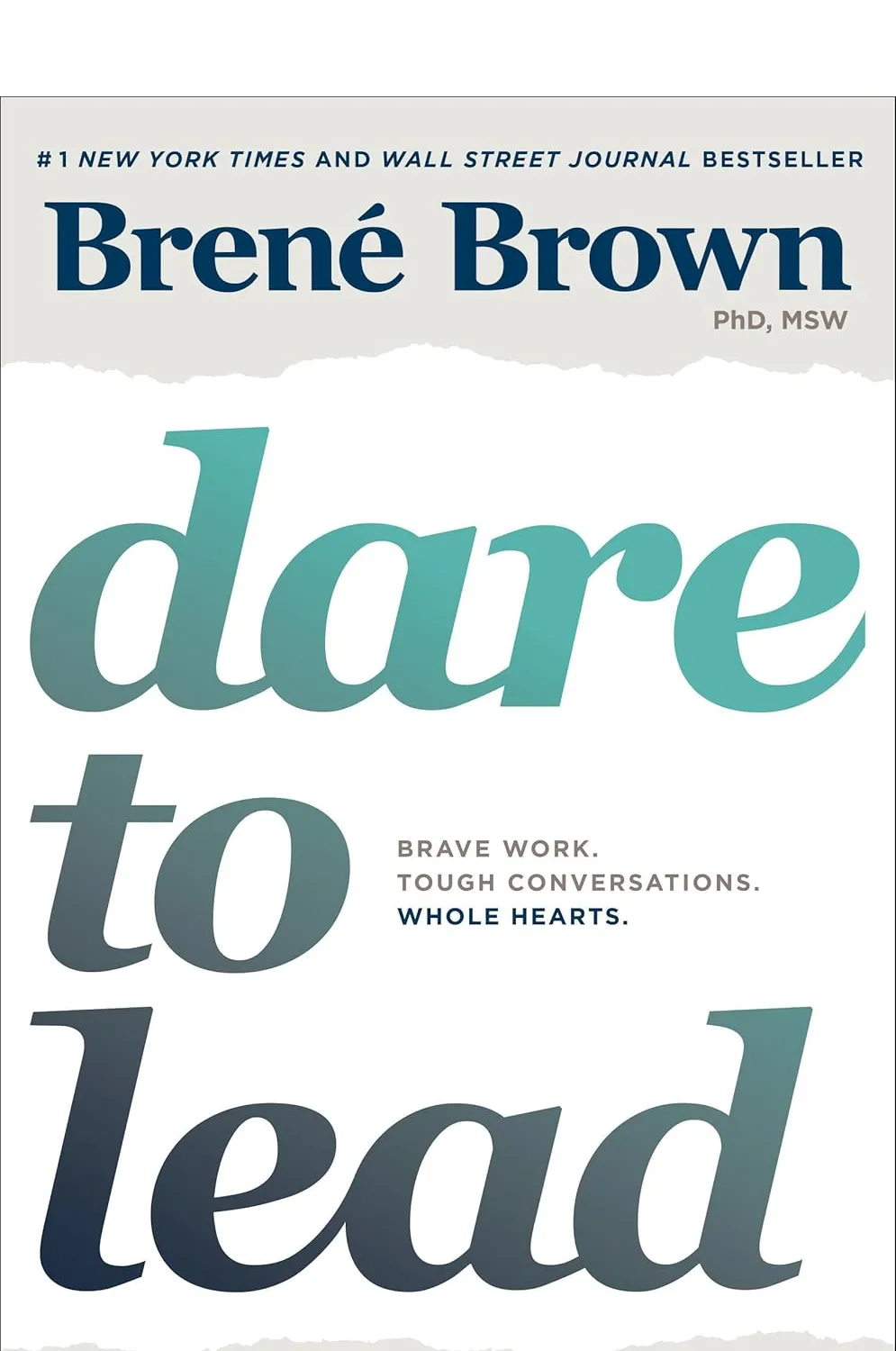
Dare to Lead
by Brené Brown
Synopsis:
Based on decades of research on courage, vulnerability, shame, and empathy, this book translates Brown’s work into an actionable playbook for leading with heart and accountability. It includes tools for building trust, setting boundaries, and practicing courage in real-time, imperfect leadership moments.
Why We Recommend It:
This is a must-read for anyone in a leadership or facilitation role—formal or informal. It explores the inner work required to create cultures of trust and psychological safety, which are essential for sustainable community living. It also resonates deeply with our internal frameworks around connected dialogue and clear expectations.
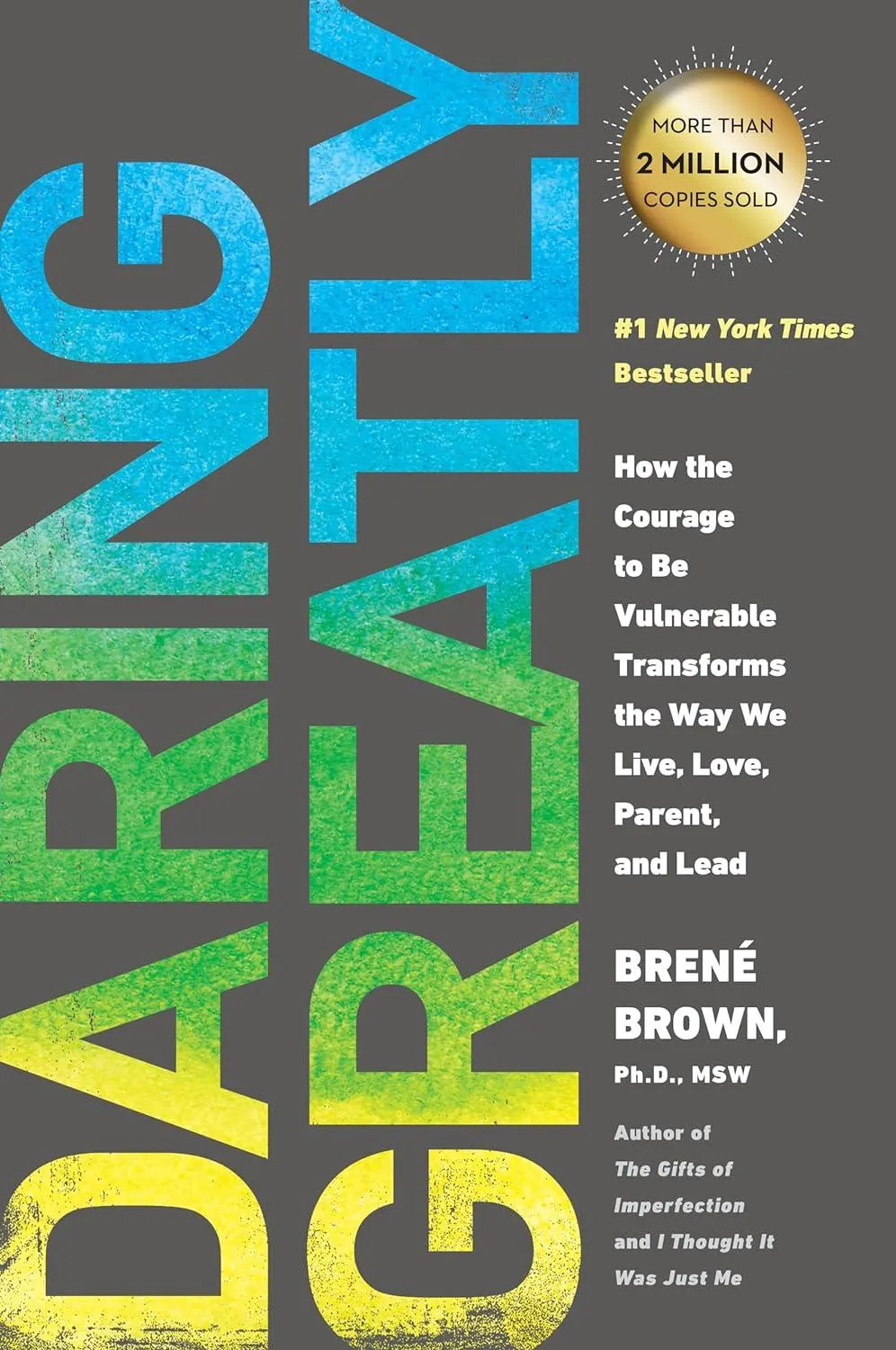
Daring Greatly
by Brené Brown
Synopsis:
A deep dive into the concept of vulnerability—not as weakness, but as the birthplace of connection, creativity, and belonging. Brown shares research and stories that show how embracing vulnerability is key to wholehearted living.
Why We Recommend It:
For anyone grappling with the tension between authenticity and acceptance in communal life, this book offers language and insight to navigate that terrain. Vulnerability is not optional in community—it’s foundational. This book helps you build a braver, more honest relationship with yourself and others.

The Culture Code
by Daniel Coyle
Synopsis:
Coyle unpacks what makes great groups tick—whether it’s Navy SEALs, Pixar, or elite sports teams. Through engaging stories and analysis, he outlines three key elements of successful cultures: safety, vulnerability, and purpose.
Why We Recommend It:
This book is a goldmine for Property Managers and anyone supporting the ecosystem of a shared home. It translates high-performance team dynamics into practical culture-building tactics. Especially helpful when considering the invisible architecture of a healthy community.
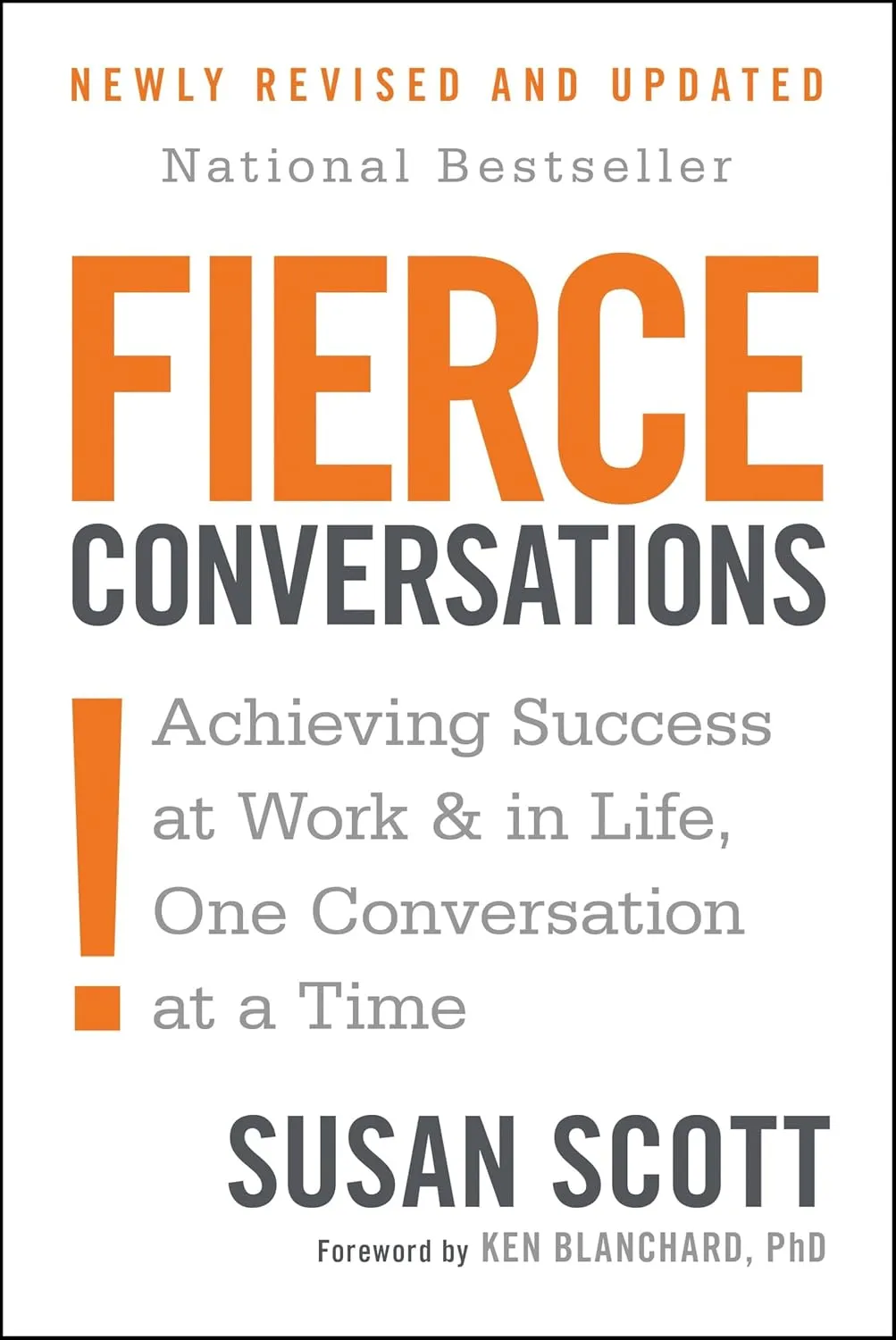
Fierce Conversations
by Susan Scott
Synopsis:
Scott defines a “fierce conversation” as one in which we show up fully and say what needs to be said. The book offers practical, step-by-step strategies to have honest conversations that lead to growth and clarity—in relationships, teams, and leadership.
Why We Recommend It:
Sometimes community dynamics need directness, not delicacy. This book helps readers approach difficult topics with grace and groundedness, instead of avoidance or sugarcoating. A great complement to the gentleness of NVC.

Radical Respect:
How to Work Together Better
by Kim Scott
Synopsis:
A shorter, reimagined version of Just Work (2021), Radical Respect introduces a practical, wisdom-based leadership framework focused on creating workplaces—and by extension, communities—that both optimize for collaboration and honor individuality without demanding conformity. Scott diagnoses common obstacles—bias, prejudice, bullying—and offers clear taxonomies and tools for how to respond in various roles (leader, upstander, harmed, etc.)
Why We Recommend It:
This title bridges interpersonal compassion and structural accountability—a powerful addition to our collection. Kim Scott’s actionable frameworks help community members and Property Managers work through issues with clarity and fairness while upholding every individual’s dignity. Highly relevant for building inclusive, accountable group culture.
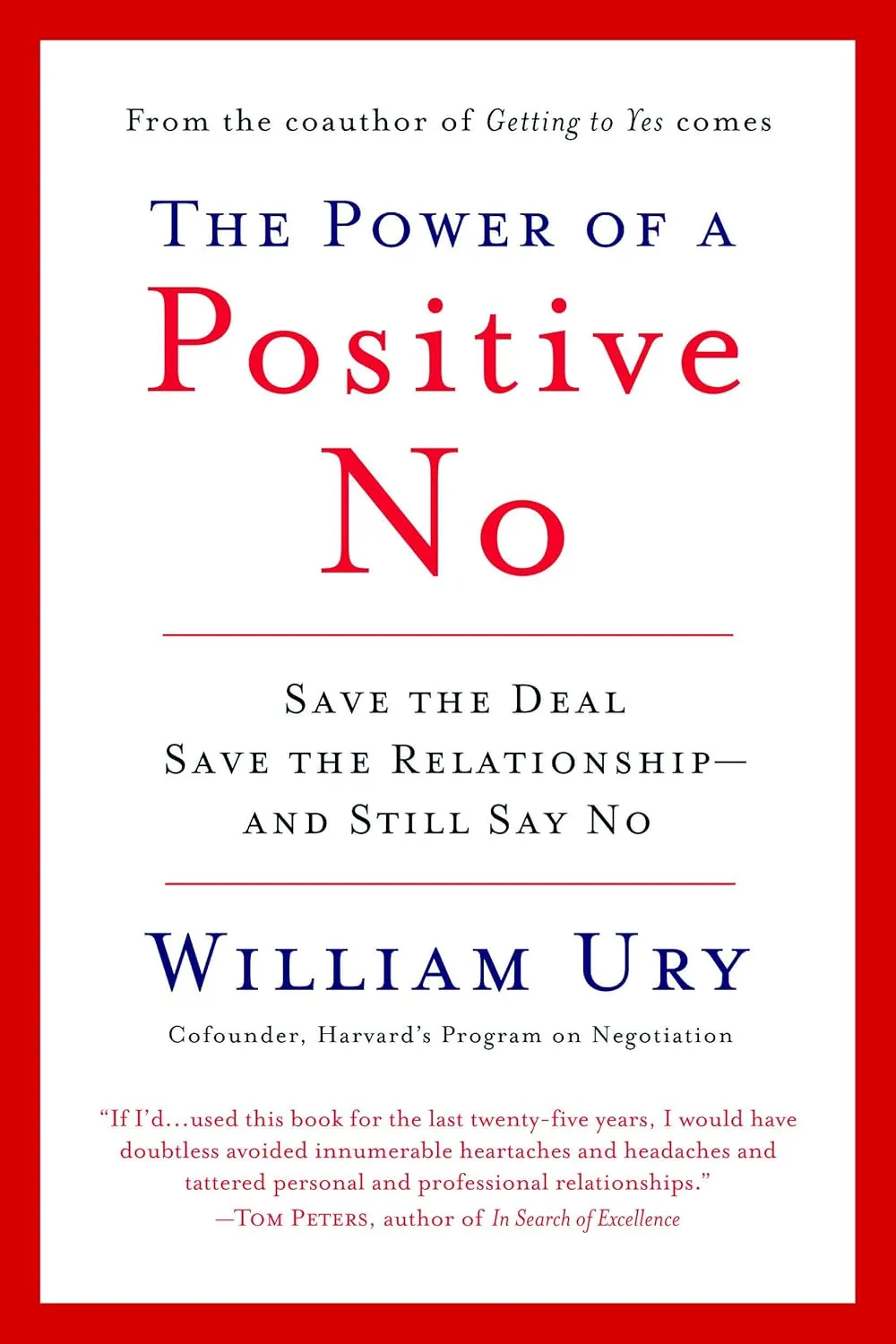
The Power of a Positive No
by William Ury
Synopsis:
Co-founder of Harvard’s Program on Negotiation, William Ury presents a compelling, respectful way to say “No” without burning bridges or abandoning your values. His method—Yes! No. Yes?—teaches readers to anchor their refusal in what they’re saying yes to (values, needs, standards), assert the no clearly and calmly, and invite collaboration or mutual problem-solving where appropriate.
Why We Recommend It:
For Property Managers especially, this book is a tactical toolkit for upholding boundaries while maintaining dignity and relational trust. Whether it’s enforcing parts of the Community Contract, managing expectations around shared spaces, or redirecting emotional projection, Ury’s approach helps leaders say no with clarity, compassion, and firmness. It’s particularly useful for anyone who struggles with people-pleasing or fears conflict with residents.

The Cooperative Culture Handbook
by Yana Ludwig and Karen Gimnig
Synopsis:
A hands-on guide for people living and working in cooperative or consensus-based spaces. It includes frameworks, tools, and exercises designed to shift from domination culture to cooperative, consent-based decision-making.
Why We Recommend It:
This book helps unpack the internalized habits that sabotage collective well-being. It’s especially useful for community members ready to shift from “how do I get what I need” to “how do we get our needs met together.” The tone and tools align beautifully with our values of shared responsibility and emotional maturity.
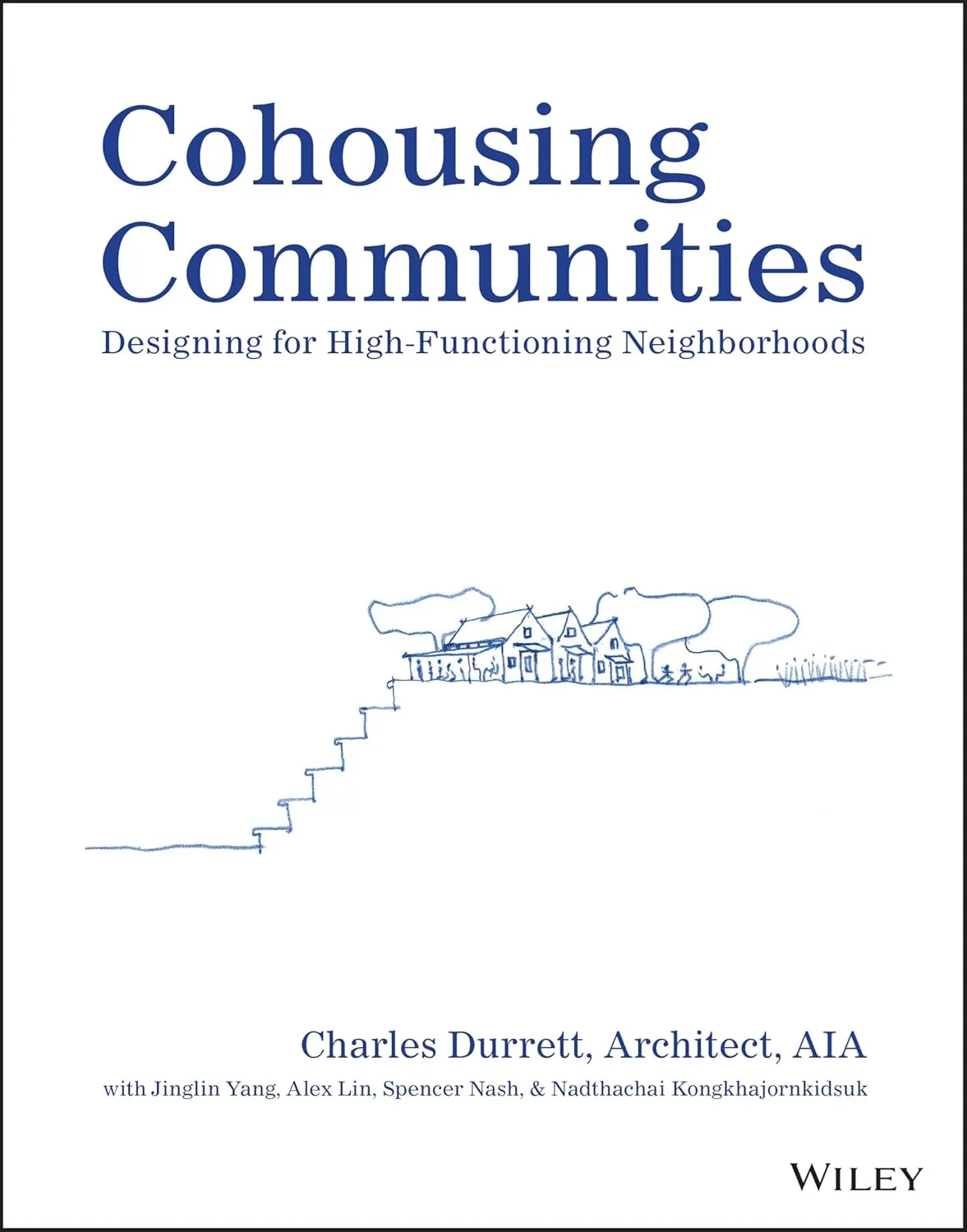
Cohousing Communities: Designing for High-Functioning Neighborhoods
by Charles Durrett
Synopsis:
This comprehensive, highly visual guide is both a textbook and a field manual for planning, designing, and implementing successful cohousing communities. Drawing on decades of real-world experience, architect Charles Durrett outlines how to move from vision to reality: from site planning and design principles to governance structures and physical layouts that foster connection. The book includes case studies, architectural drawings, and planning checklists to help developers, designers, and organizers avoid common pitfalls and build thriving, self-managed communities.
Why We Recommend It:
This is a macro-level companion to our everyday micro-practices. While many of our guides focus on internal dynamics and individual relationships, Cohousing Communities zooms out to explore how physical design, participatory process, and shared infrastructure can shape the social fabric of a neighborhood. It’s essential reading for anyone involved in larger-scale community development—particularly founders, funders, architects, or strategic partners shaping the future of Community CoLiving.
